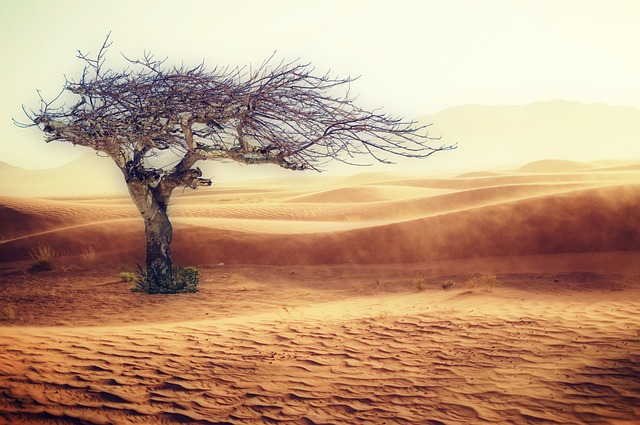Deserts, often seen as barren landscapes, are home to a surprising variety of resilient plant life.
Trees in arid regions not only adapt to survive extreme conditions but also enhance the unique beauty of the desert ecosystem. This blog post explores the top 10 common Trees Found in Desert Trees, highlighting their remarkable adaptation strategies for thriving in seemingly inhospitable environments.
Joshua Tree (Yucca brevifolia):
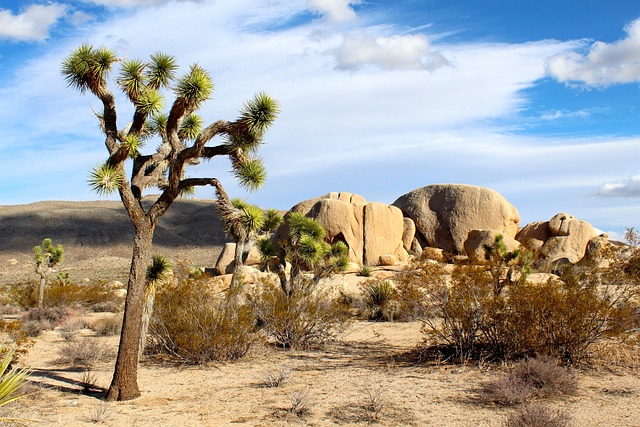
The iconic Joshua Tree, with its distinctive twisted branches and spikey leaves, is a hallmark of North American deserts, particularly the Mojave Desert. These hardy trees are well-equipped to withstand the harsh conditions of arid climates.
Palo Verde (Parkinsonia spp.):
Known for its green bark and delicate, fern-like leaves, the palo verde is a common sight in desert landscapes. This tree conserves water by adapting to photosynthesize through its green bark, enabling it to thrive in dry environments.
Read More: Importance of Trees for Living Beings
Acacia (Acacia spp.):
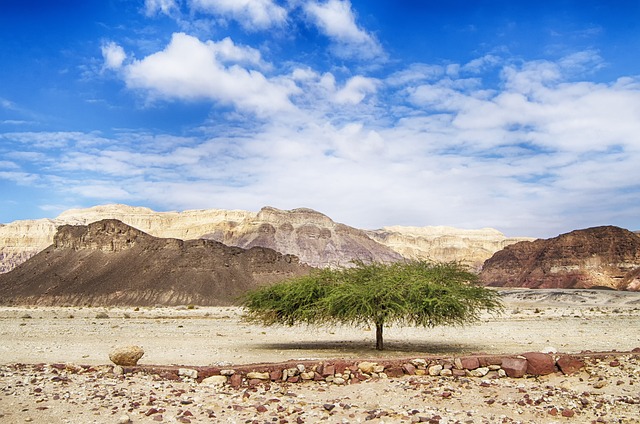
Acacia trees are found in deserts across Africa, Australia, and the Middle East. These trees, recognized for thorny branches and feathery leaves, have evolved to endure scarce water resources, with some species featuring specialized adaptations for water storage.
Date Palm (Phoenix dactylifera):
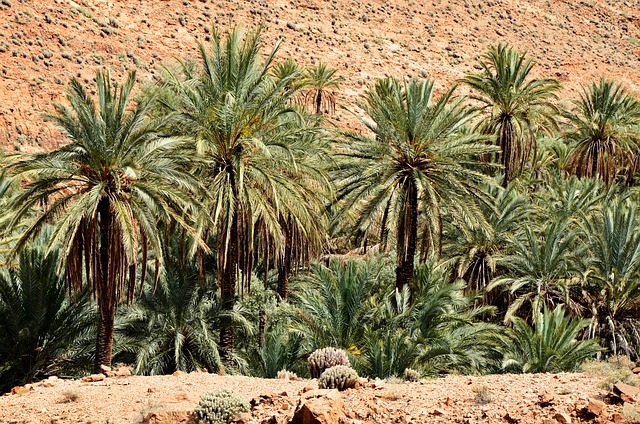
The Date Palm, symbolizing abundance and life in many desert cultures, thrives in arid climates. Thriving in regions with high temperatures and low rainfall, these palms provide valuable resources, including sweet and nutritious date fruits.
Read More: Top 10 Air Purifying Trees in India
Mesquite (Prosopis spp.):
Mesquite trees are prevalent in North and South American deserts. Trees survive in harsh desert conditions with their small, drought-resistant leaves and deep-reaching root systems, allowing them to extract water from the arid soil.
Desert Willow (Chilopsis linearis):
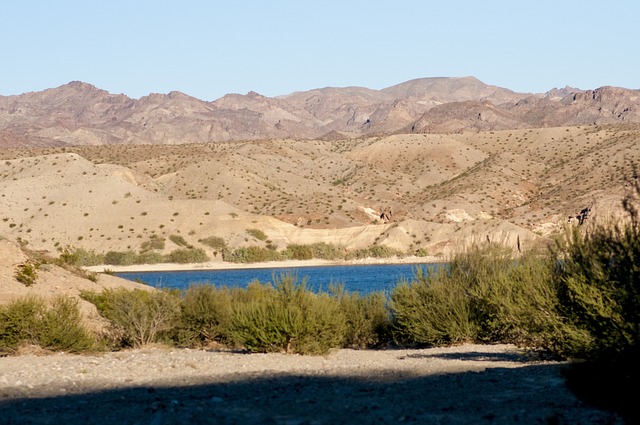
Despite its name, the Desert Willow is not a true willow but a tree native to the southwestern United States and Mexico. Known for its vibrant, trumpet-shaped flowers and narrow leaves, this tree thrives in hot, arid climates.
Olive Tree (Olea europaea):
The Olive Tree, associated with the Mediterranean region, thrives in the semi-arid conditions of coastal deserts. The olive tree, famous for its oil-rich fruits, is a common sight in arid landscapes due to its ability to withstand limited water availability.
Read More: Exploring the 11 Most Colorful Trees in the World
Jojoba (Simmondsia chinensis):
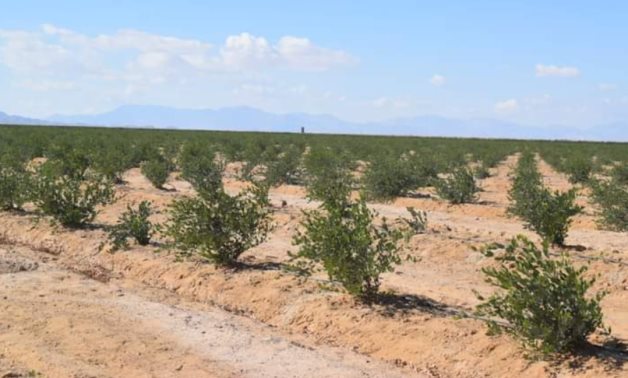
Native to North America, the Jojoba tree is known for its drought-resistant qualities. The plant produces oil-rich seeds that have various industrial and cosmetic applications, showcasing the adaptability of desert flora.
Tamarisk (Tamarix spp.):
Often found in deserts with saline soils, the Tamarisk has needle-like leaves and a tolerance for high salt concentrations. This tree plays a crucial role in preventing soil erosion and maintaining the ecological balance in arid environments.
Read More: Trees with the Most Vibrant Fall Leaf Colors
Frankincense Tree (Boswellia spp.):
Thriving in the arid regions of the Arabian Peninsula and East Africa, the Frankincense Tree is famous for producing the aromatic resin known as frankincense. These hardy trees have adapted to survive in rocky, dry terrains, showcasing nature’s resilience in extreme conditions.
